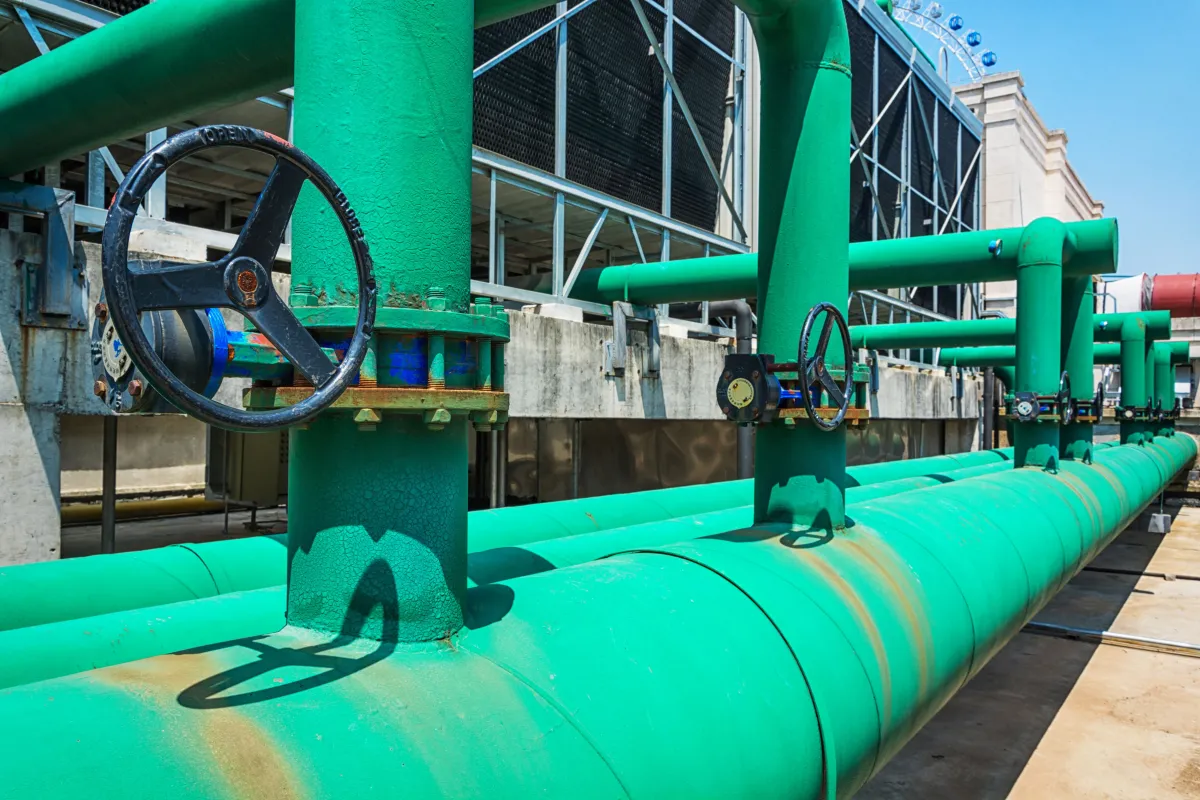
The seas and oceans are the world’s largest natural bodies of water, and massive amounts of fresh water flow into them each year, implying that we will inevitably lose fresh water. The extraction of fresh water from the sea is, therefore, a hopeful future solution to the problem of water scarcity, particularly in economically important and densely populated areas, which, in the case of Thailand, includes popular tourist sites.
Reverse osmosis (RO) is a method that employs high pressure to drive saltwater through a micro-porous membrane to filter out minerals, salts, and precipitates from seawater. Fresh water comes out and is ready to be supplied into the water supply system, while the salt is returned to the sea.
This method is appropriate for locations with island circumstances that lack fresh water supplies for consumption, as well as helping to tackle the problem of water scarcity. Water management is required between natural fresh water and fresh water recovered from sea water, and the cost of production is determined by the cost of power and the pipe system.
It is projected that the cost of seawater will fall in the future. After filtering, one cubic meter or 1,000 liters of seawater pumped from the sea can yield approximately 400 liters of fresh water, while the remaining 600 liters will be seawater with nearly twice the salt concentration than usual, which will be disposed of into the sea, but it may affect plants and animals in the surrounding area. Nevertheless, building a salt factory in the same area as a freshwater factory will save more money than salt manufacturing utilizing saltwater as raw material.
At the moment, Thailand can produce fresh seawater at four locations: Koh Si Chang and Koh Larn in Chonburi Province, Koh Samui in Surat Thani Province, and in Phuket Province. They can support use in important tourist attractions, and in the future, production may be increased, particularly in tourist areas on islands such as Phi Phi Island in Krabi Province, Tao Island in Surat Thani Province, Samet Island in Rayong Province, and Koh Chang in Trat Province. These are a few locations where there is an issue with insufficient fresh water during the dry season, as well as the rising cost of fresh water transportation.